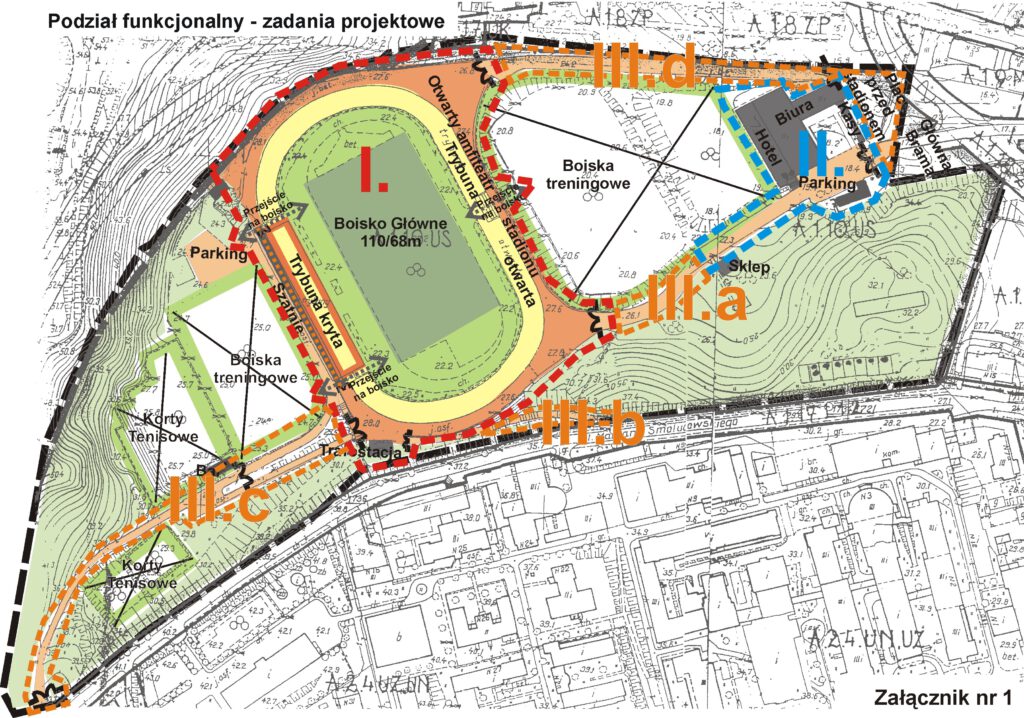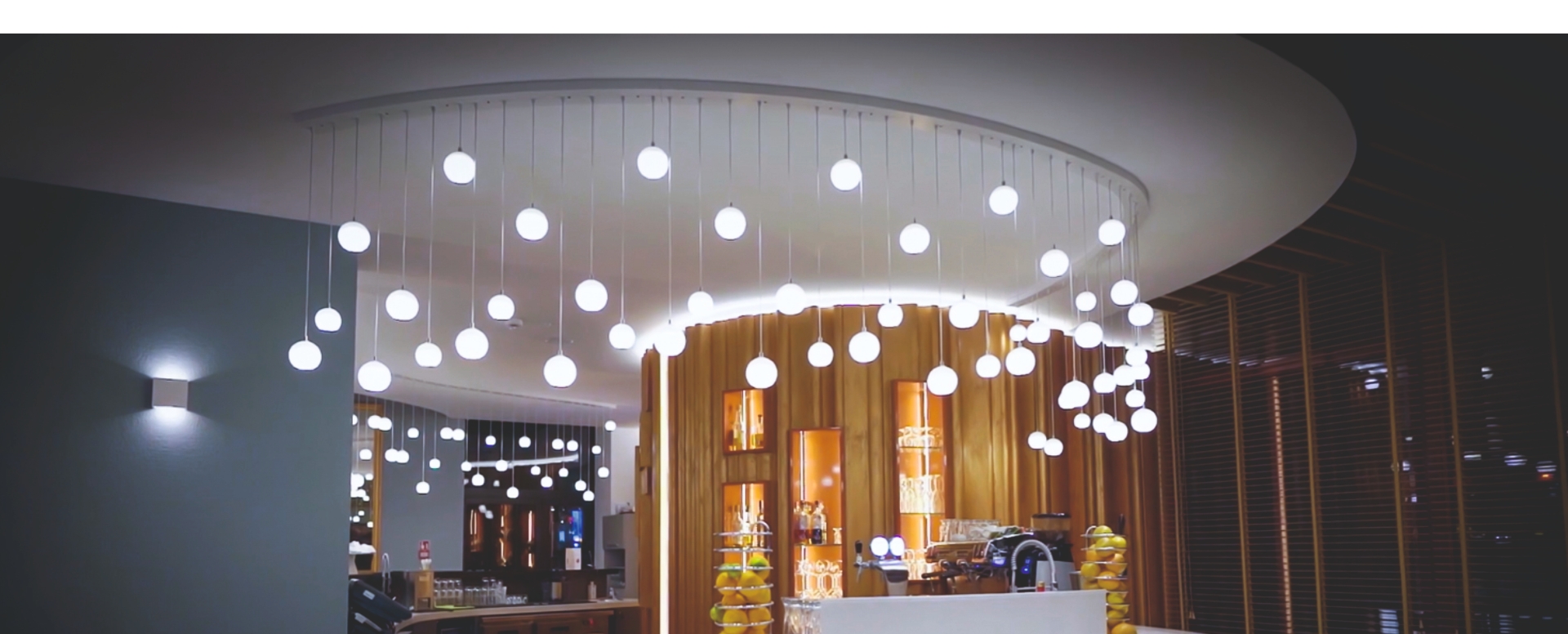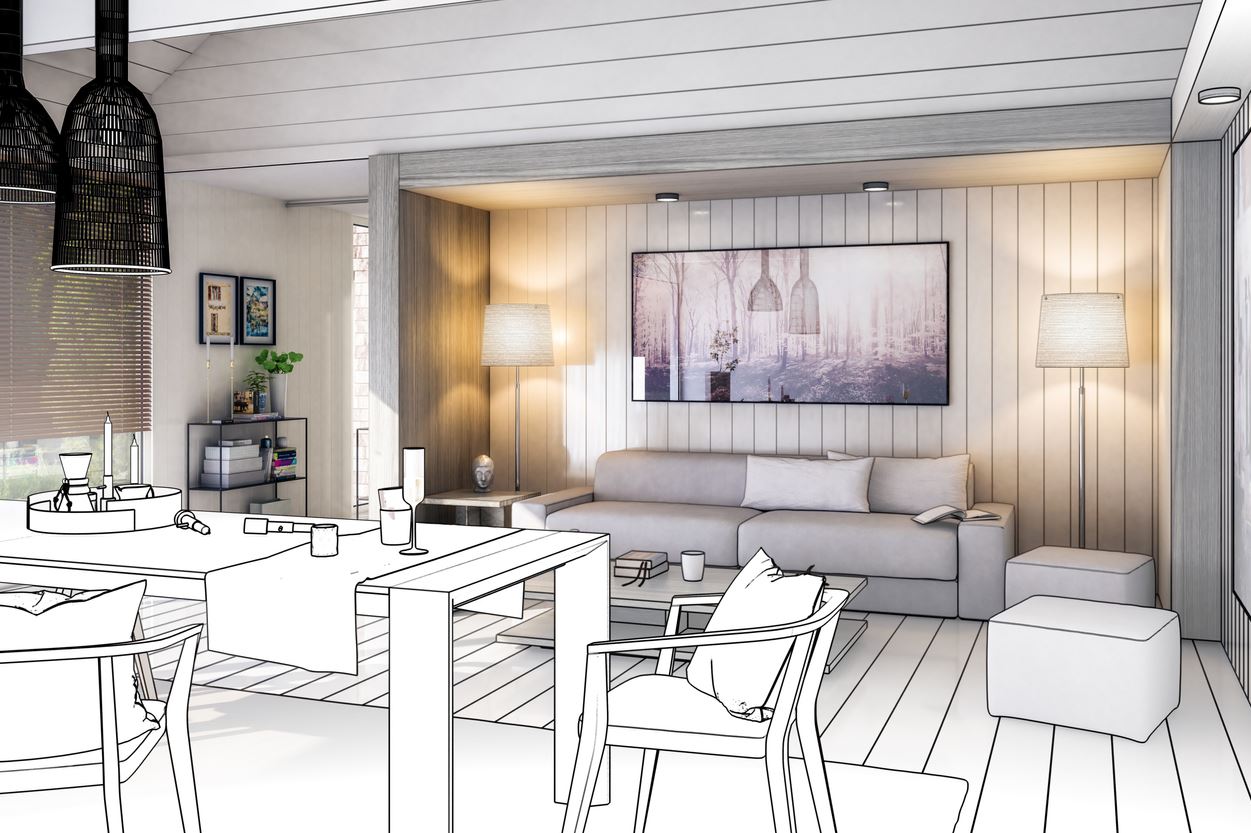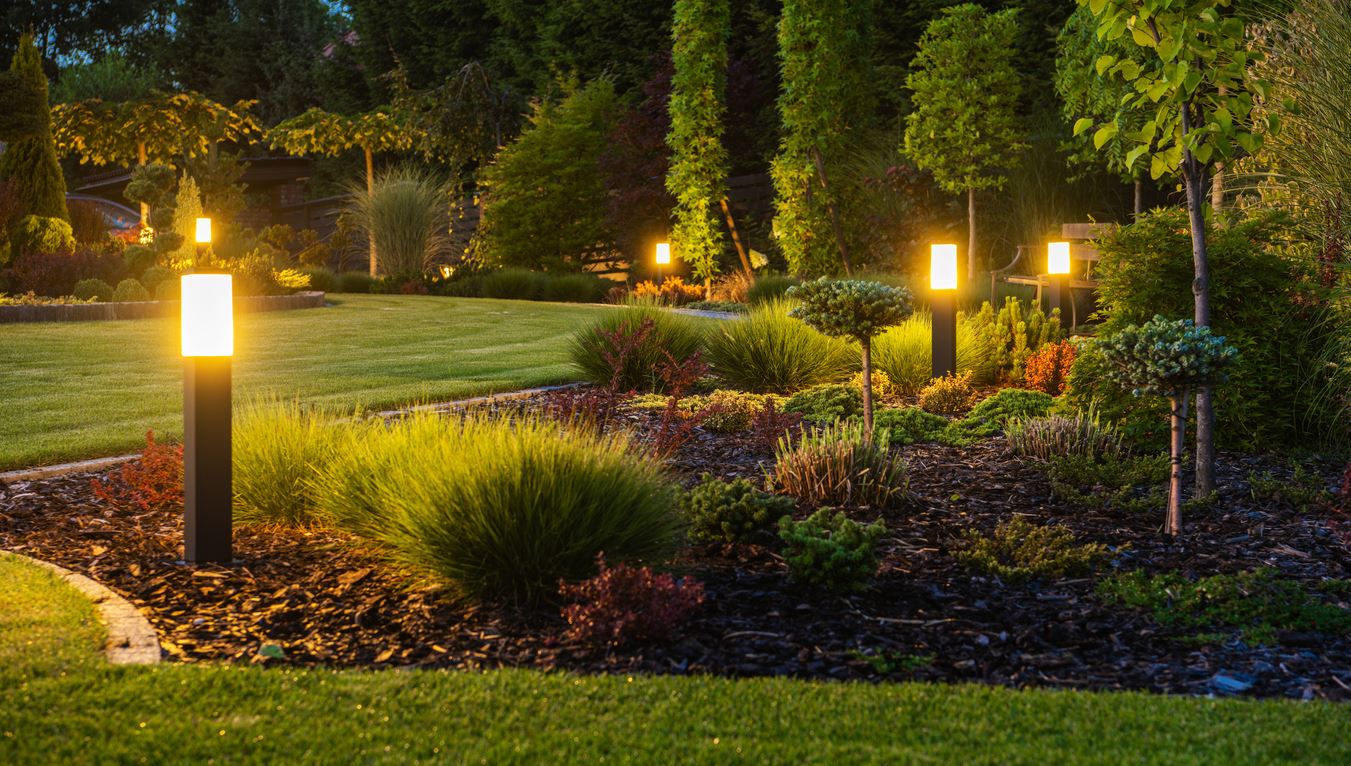A ball in play… The XXII World Cup 2022 has just begun, which this time is being held in Qatar. Not all of us are fortunate enough to sit in the stands. For most fans, the television broadcast remains. And how to make sure that, in the digital age of 4K and HD TV technology, the broadcast conveys the action unfolding on the pitch in the most exciting way. Stadium lighting plays a key role here. In this article, we would like to outline the most important elements and basic principles of lighting in and around the stadium.
The article is based on FIFA and UEFA guidelines and focuses on describing the design specifications for stadium lighting. The UEFA recommendations seek to meet requirements that aim to use the latest technological developments for TV broadcasting.
Stadium lighting design guides outline the main points to consider when selecting stadium lighting. Key ones include:
- The comfort of the players and the ability of the match referees to act effectively;
- The spectator should be able to watch and enjoy the match without experiencing discomfort;
- The pitch illumination system should provide a level of illumination to enable television broadcasters to operate effectively, in accordance with the requirements set out for the appropriate level of illumination;
- When assessing the needs for stadium lighting, the respective level of play must be taken into account. The following table summarises the requirements in accordance with FIFA rules
| Illumination requirements | FIFA lighting standard A | FIFA lighting standard B | FIFA lighting standard C | FIFA lighting standard D |
| Occupations or training | World Cup | Club or U-20 World Championships, Olympic Games | U-20 Women’s World Championship | U-17 World Championship |
| Eh ave (average horizontal illuminance) | Minimum > 1500 lux Average > 2000 lux | Minimum > 1200 lux Average > 2000 lux | Minimum > 800 lux Average > 1250 lux | Average > 1000 lux |
| Uniformity U1h | > 0.50 | > 0.50 | > 0.50 | > 0.40 |
| Uniformity U2h | > 0.70 | > 0.70 | > 0.70 | > 0.60 |
| Flicker Factor (FF) | Average< 1% Maximum < 1% | Average< 12% Maximum < 15% | Average< 20% Maximum < 30% | not applicable |
| Colour temperature (Tc) | 5,000-6,200K | 5,000-6,200K | 4,200-6,200K | 4,200-6,200K |
| Colour reproduction (Ra) | ≥ 80Ra | ≥ 80Ra | ≥ 70Ra | ≥ 70Ra |
| Glare index (RG) | < 50 | < 50 | < 50 | < 50 |
| Maintenance factor (MF) | 0.9 LED or 0.8 HID | 0.9 LED or 0.8 HID | 0.9 LED or 0.8 HID | 0.9 LED or 0.8 HID |
Table 1. FIFA’s basic requirements for sports pitch lighting.
- Further requirements relate to the way in which the pitch is lit, which should have appropriate levels of illuminance and uniformity while providing soft shadows where possible. Sharp shadows versus soft shadows are shown in the figures below.

Figure 1: Sharp shadows and soft shadows – source: UEFA Stadium Lighting Guide 2016
- The pitch illumination system must be reliable and effective for the location. The specific conditions that are relevant to the stadium location must be carefully assessed.
As early as 2007, when preparing the functional and utility programme for the lighting of Lechia Stadium, Elmarco applied similar principles referred to in the UEFA and FIFA guides in order to accurately fit in with the character of the space and its functional needs. Two elements were put in place, i.e. the need to introduce a lighting system of a high technical and technological level and to propose a solution in such a way as to minimise operating costs. In addition, ‘lighting scenarios’ were introduced – i.e. the selectivity and switching order of individual elements, assuming that different uses of the facility are possible, i.e:
- Match: Zone III, Zone II, Zone I included
- Weekday: Zone II, Zone III included
- Workouts: Zone III, Zone II included

Figure 2: Functional and utility programme for Lechia Stadium – lighting layout proposal
- The UEFA guidance also points out that a pitch lighting system should provide a long-term solution that is both efficient and cost-effective. It emphasised that the environmental impact of the pitch lighting design solution should be carefully assessed and an environmentally friendly solution sought.
These two challenges were also addressed by Elmarco in the functional and utility programme. At that time, the need to design an intelligent lighting dimming system to reduce energy consumption was also noted. Important guidelines were recommendations to provide that:
- during the match, the degree of light intensity in the passageways may be lowered and should be evened out after the show.
- During the gathering of the spectators and immediately after the game, provision should be made to reduce the intensity of the lighting on the main pitch and to increase it to the desired intensity when the game starts.
In addition, it was assumed that an АВР (automatic transfer switchable reserve) system, separate for the individual elements, should be designed for the entire lighting system:
- traffic routes
- main pitch
- tribune
- emergency exits.
In recent years, architectural requirements and design aesthetics have challenged previous lighting design guidelines. The design and construction of new stadiums typically requires the stadium lighting system to meet the required standards, while also conforming to the architectural design requirements. In addition, it is worth noting that the artificial lighting system can also be used to create lighting effects for stadium events and pre/post match lighting effects.
In conclusion, each sports stadium is unique. As such, each stadium will require an appropriate design solution and level of illumination. The architecture of the stadium and the supporting infrastructure will have a significant impact on the type of pitch illumination system that can be used. The tower/column system that was used at Lechia Stadium in 2007 will generally not meet the requirements for stadiums with illuminance levels. Modern artificial lighting systems are capable of providing high-quality illuminance conditions on the pitch and can potentially be integrated into the architectural design of the stadium, but in each case the possibilities and needs must be carefully researched. However, in today’s environment, the design of stadium lighting should first and foremost always take into account the latest technological requirements for broadcast television, which may change with advances in technology.



